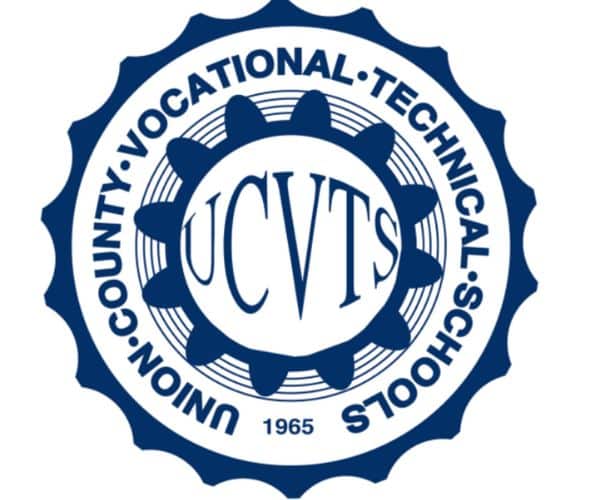August 12, 2019

BACK TO SCHOOL: GETTING AHEAD OF BULLYING
Industry:
Solution:

In the education world, bullying prevention has become a major focal point over the last few years, and there's no longer a question about the dangers to students, and the entire school community, if bullying is left unchecked. Bullying can lead to low self-esteem, mental and physical health problems, poor grades and attendance issues, and even suicidal thoughts.
Bullying by the Numbers
- Studies show that every 7 minutes a child is bullied at school, and every year 19,000 bullied children attempt suicide.
- More than 70% of kids, teachers, and staff have seen bullying at school.
- Bullying happens:
- 29.3% in the classroom.
- 29% in the hallway or near lockers.
- 23.4% in the cafeteria.
- 19.5% in the gym.
- 12.2% in the bathroom.
- 6.2% on the playground/recess.
- Half of students who are bullied for being LGBTQ skip school to avoid tormentors.
- 69% of students believe that teachers and staff won't do anything about bullying even if they see it.
- When bystanders intervene within 10 seconds, bullying usually stops 57% of the time.
- 1 in 4 students reports that his or her education suffered from an unsafe school climate.
Statistics from StopBullying.gov
Legislation, laws, and mandates have been passed across multiple states to help prevent bullying. And school districts are spending significant energy and resources on bullying prevention programs, to comply with mandates, but more importantly, to create a positive, supportive school culture where students feel safe to learn and grow.
Implementing a Successful Bullying Prevention and Response Program in Your District
Implementing a complete bullying prevention program can be a massive undertaking for a school district to try and put together, but committing to educating students and staff early and often, as they head back to school and throughout the year, can help stem the problems before they grow.
At Vector Solutions, we are honored to work with several nationally recognized bullying and suicide prevention experts who have written many of our SafeSchools Training staff and student online courses. These expert-authors have provided these recommendations to help schools and districts implement successful bullying prevention programs.
Dr. JoLynn Carney and Dr. Richard Hazler, the authors of our SafeSchools Online Staff Training System's Bullying: Recognition & Response and Conflict Management courses, have put together four elements they believe will help with a successful bullying recognition and prevention program:
- Isolation Reduction: A student who sits alone at lunch, avoids speaking to others, or makes poor eye contact could be an indicator that the student is a victim of bullying. Teach students to befriend other students who display those characteristics. The more that peers and staff members show support to ALL students, the faster bullying can be stopped before it even begins.
- Empathetic Knowledge and Investment: Bullying can be prevented when victims/targets start being viewed as regular people, instead of "others" or "outsiders." Creating empathy among your students is essential for any bullying prevention plan.
- Community as a Team: The more support that you can get from your school community for bullying prevention, the better. School-wide assemblies, team building activities, pep rallies, banners, posters, contests, and daily reminders can all be used as tools to help bring your school community together against bullying.
- Ongoing and Organized Investment: Bullying prevention isn't a one-time thing. It's an ongoing task that you must evaluate regularly to determine what's working and what's not working well.
In addition, Dr. Scott Poland, internationally recognized expert on school psychology issues and author of several SafeSchools Training courses, including Bullying: Recognition & Response; Youth Suicide: Awareness, Prevention and Postvention; Cyberbullying, and others, offers the following recommendations educators can implement to improve their prevention efforts:
- Implement a school-wide program where all staff cooperates towards the common goal of reducing bullying.
- Teach staff to recognize bullying and to take immediate action to stop bullying when it occurs.
- Implement programs designed to reach bystanders and to gain a commitment from them to take action to stop the bullying instead of standing by and allowing bullying to take place. Research has found that the more bystanders are present then the less likely it is that someone will intervene.
- Survey students to determine the extent and nature of the problem and to solicit student recommendations to reduce bullying, and increase staff supervision in areas where bullying occurs the most.
- In instances of cyberbullying, the administration needs to investigate the messaging, involve parents and maybe even law enforcement. The investigation will include interviewing the victim, perpetrator and any witnesses and will likely result in consequences for the perpetrator.
How SafeSchools Can Help
No child should go to school in fear and we believe that technology can be an important part of the solution. The SafeSchools Online Training System includes a variety of expert-authored courses dedicated to helping your staff and students prevent incidents of bullying, including:
- Bullying: Recognition & Response*
- Bullying & Cyberbulling (Student Course)
- Conflict Management: Student-to-Student
- Cyberbullying
- Hazing Awareness & Prevention
- Making Schools Safe for LGBT Students
- Making Schools Safe & Inclusive for Transgender Students
*State-specific versions of this course are available.
We also offer our SafeSchools Alert Tip Reporting System that allows students, staff and parents to confidentially report safety concerns to your administration 24/7/365 via mobile app, text, phone, email, and website.
With preventative education, training, and preparedness, we hope that we can all work together to make this school year the safest on record.
Explore our software solutions designed to help your organization succeed
Request a Demo






